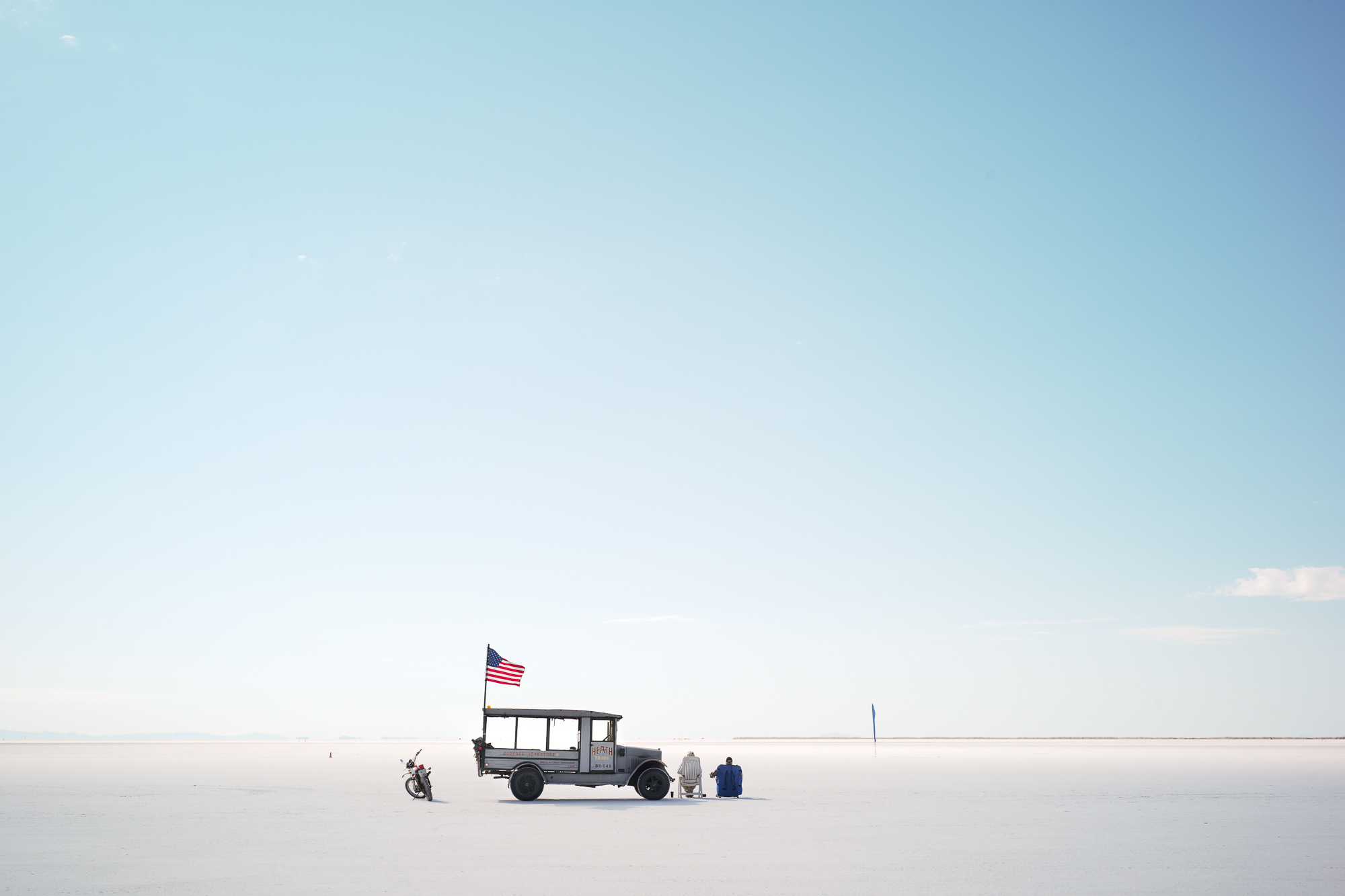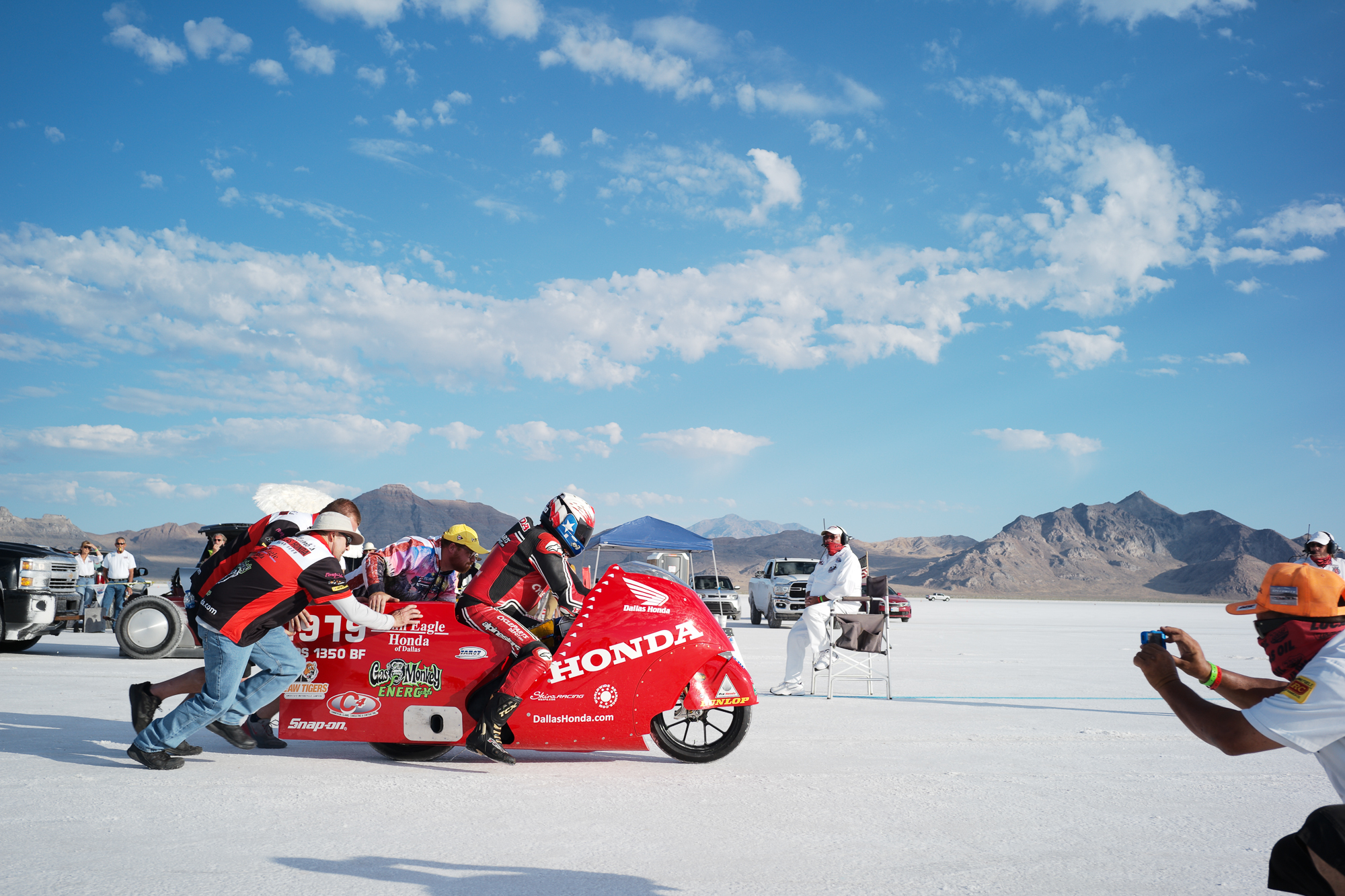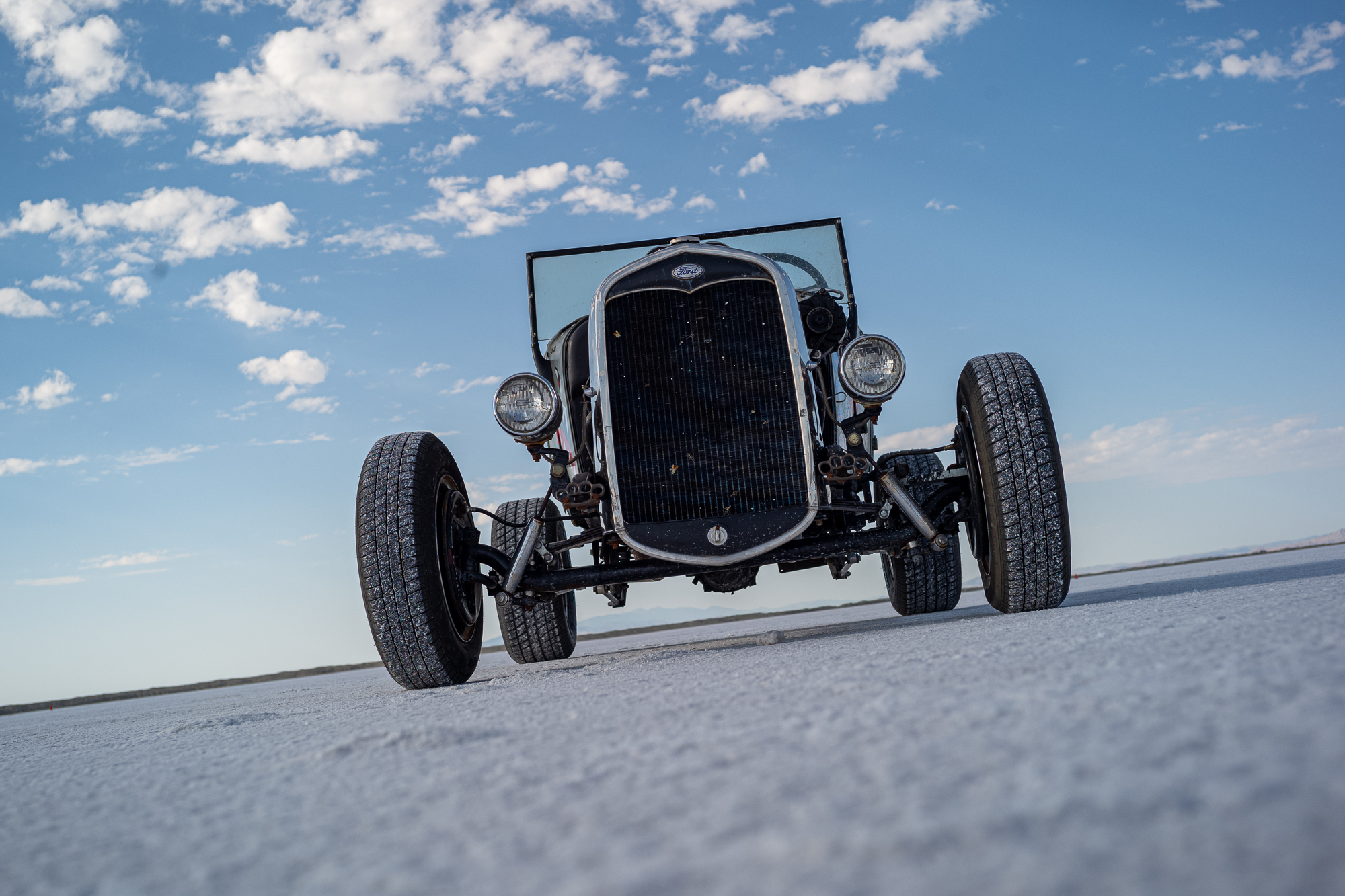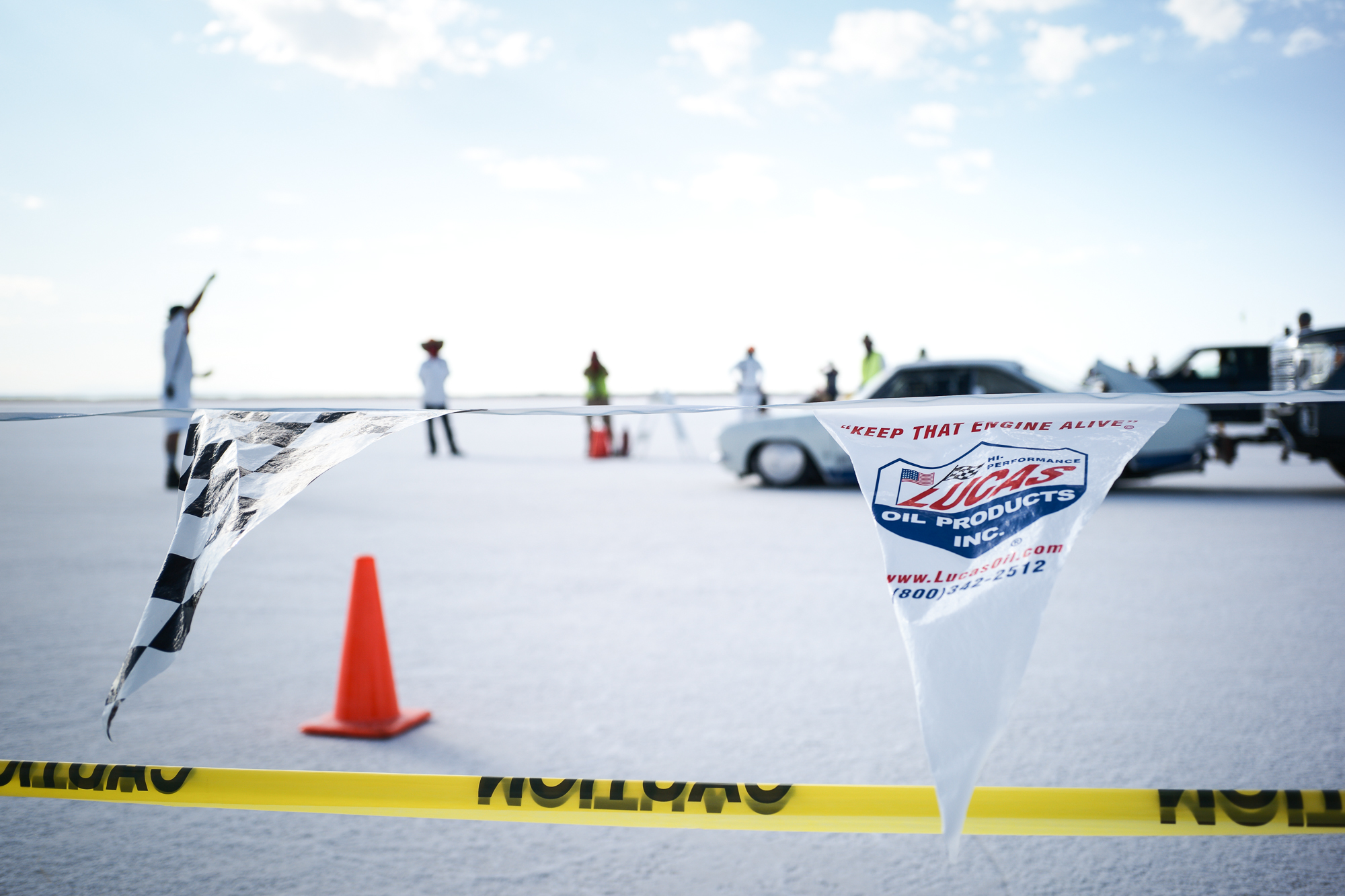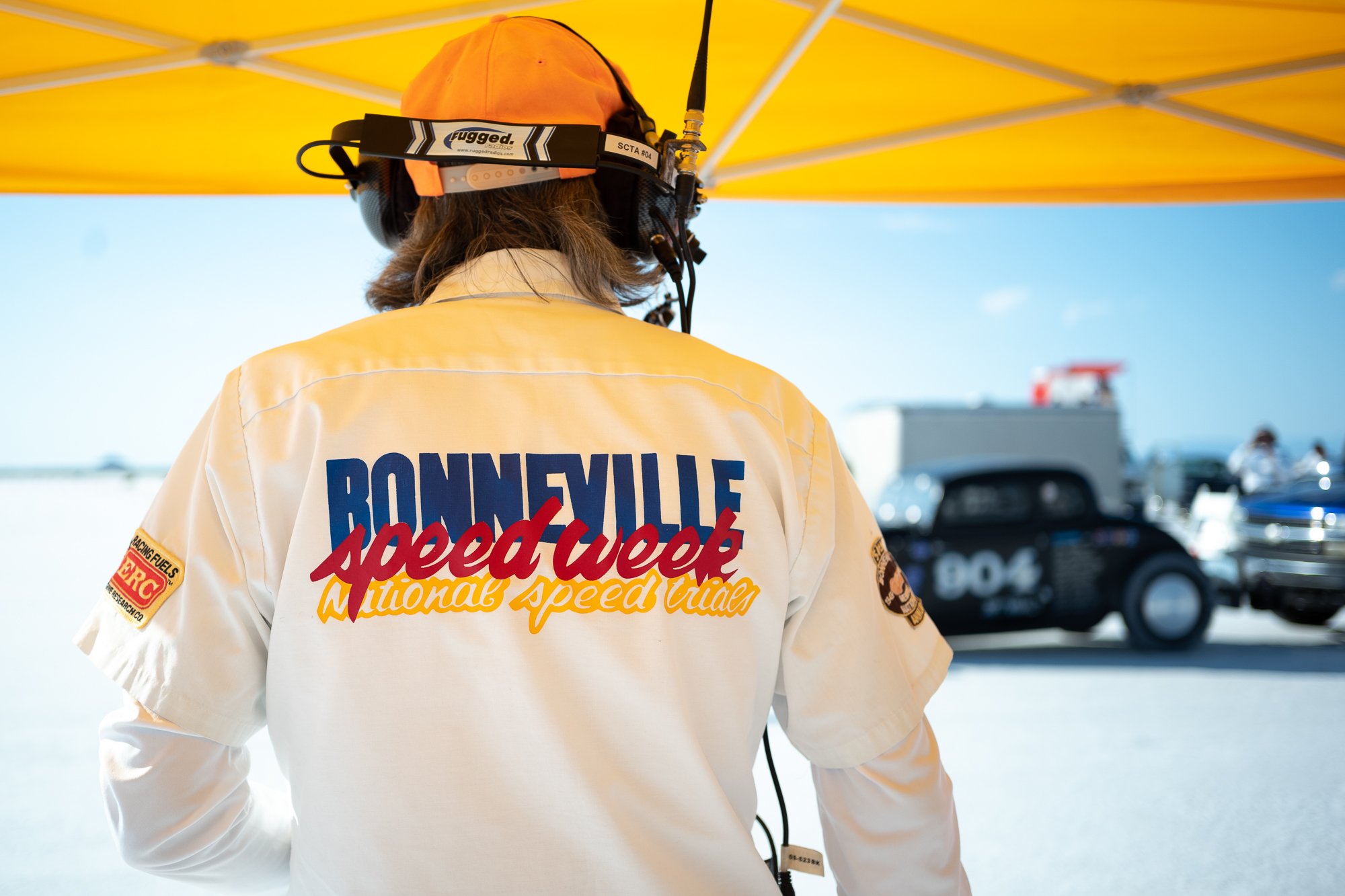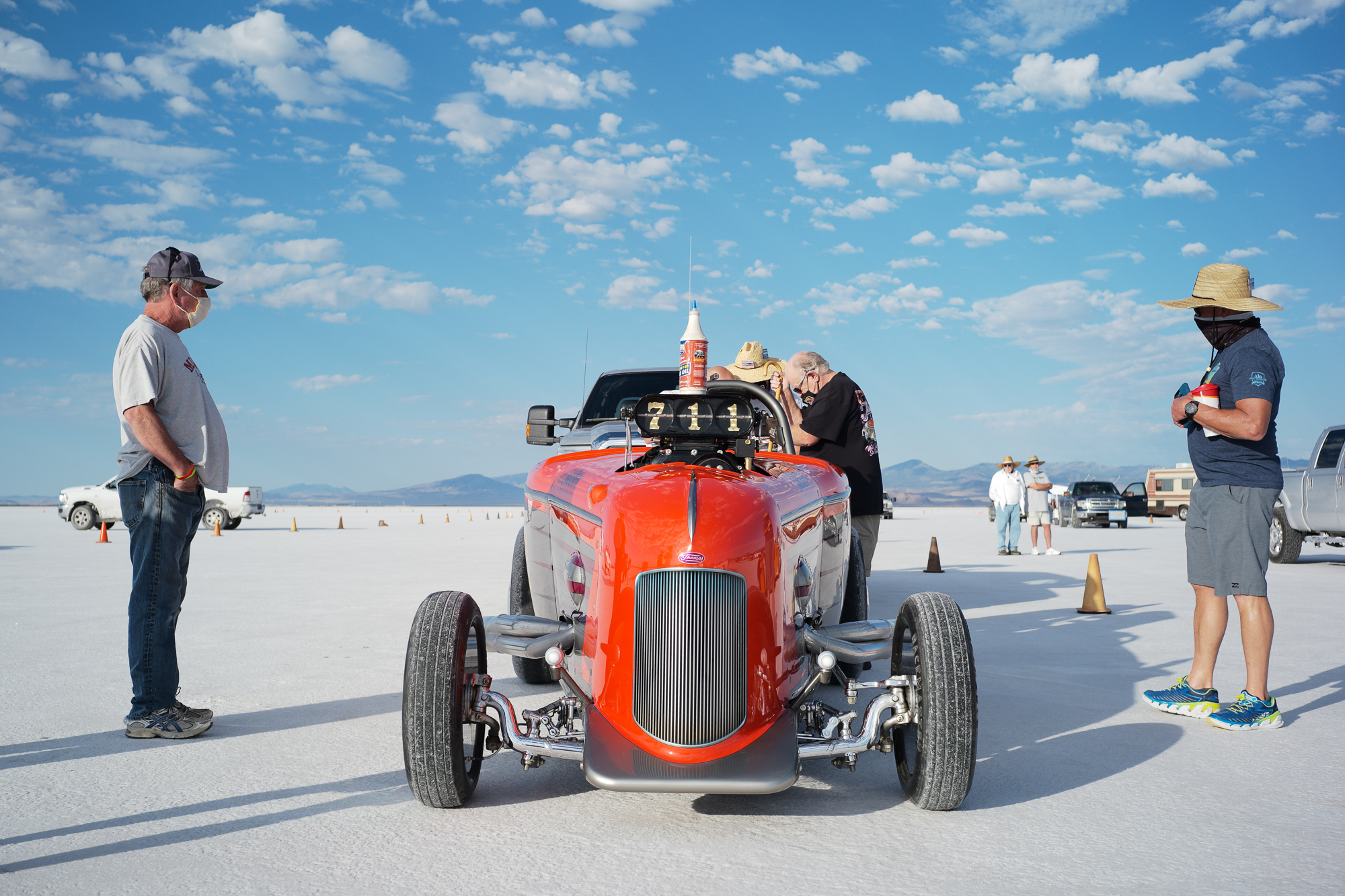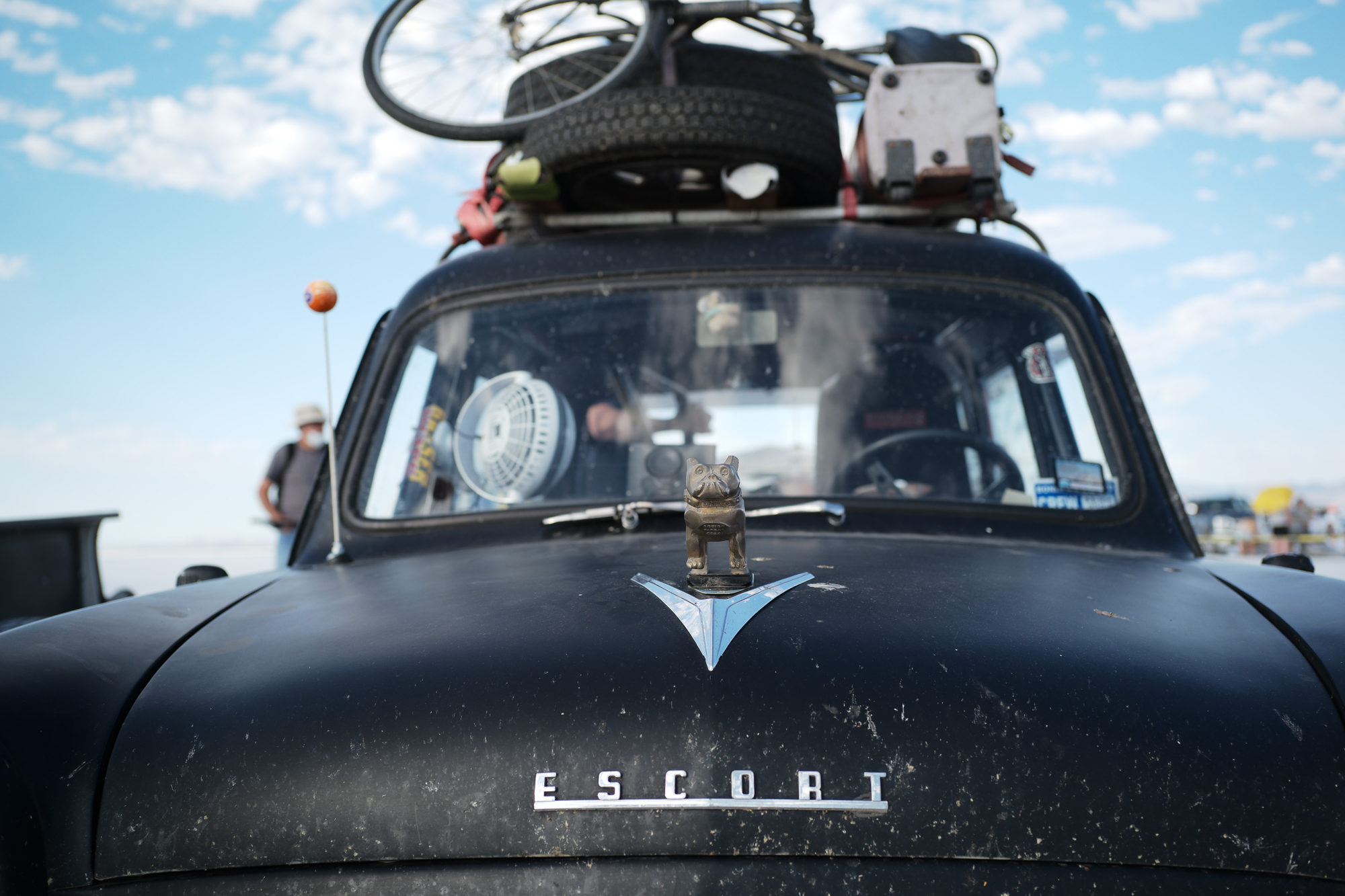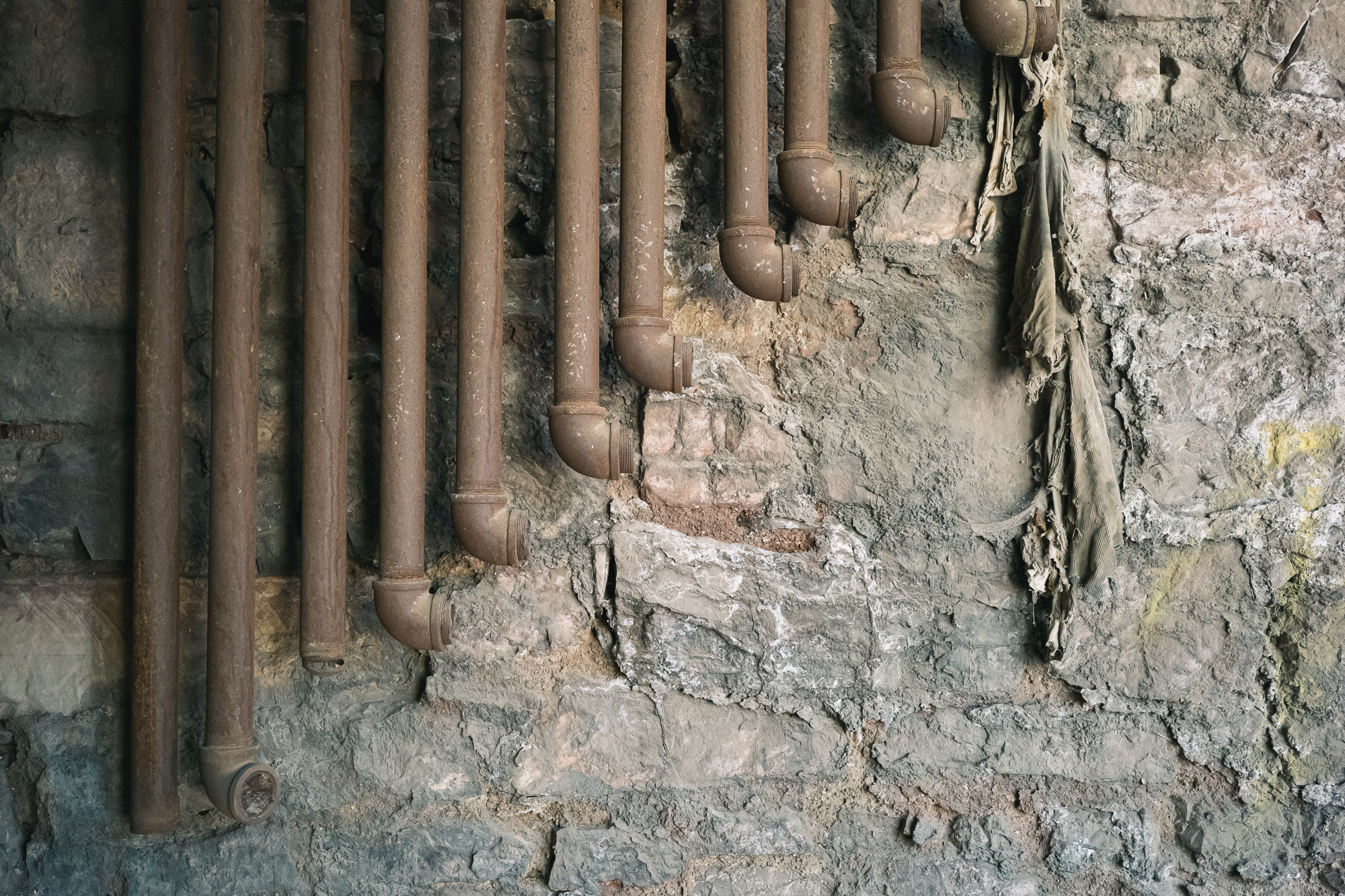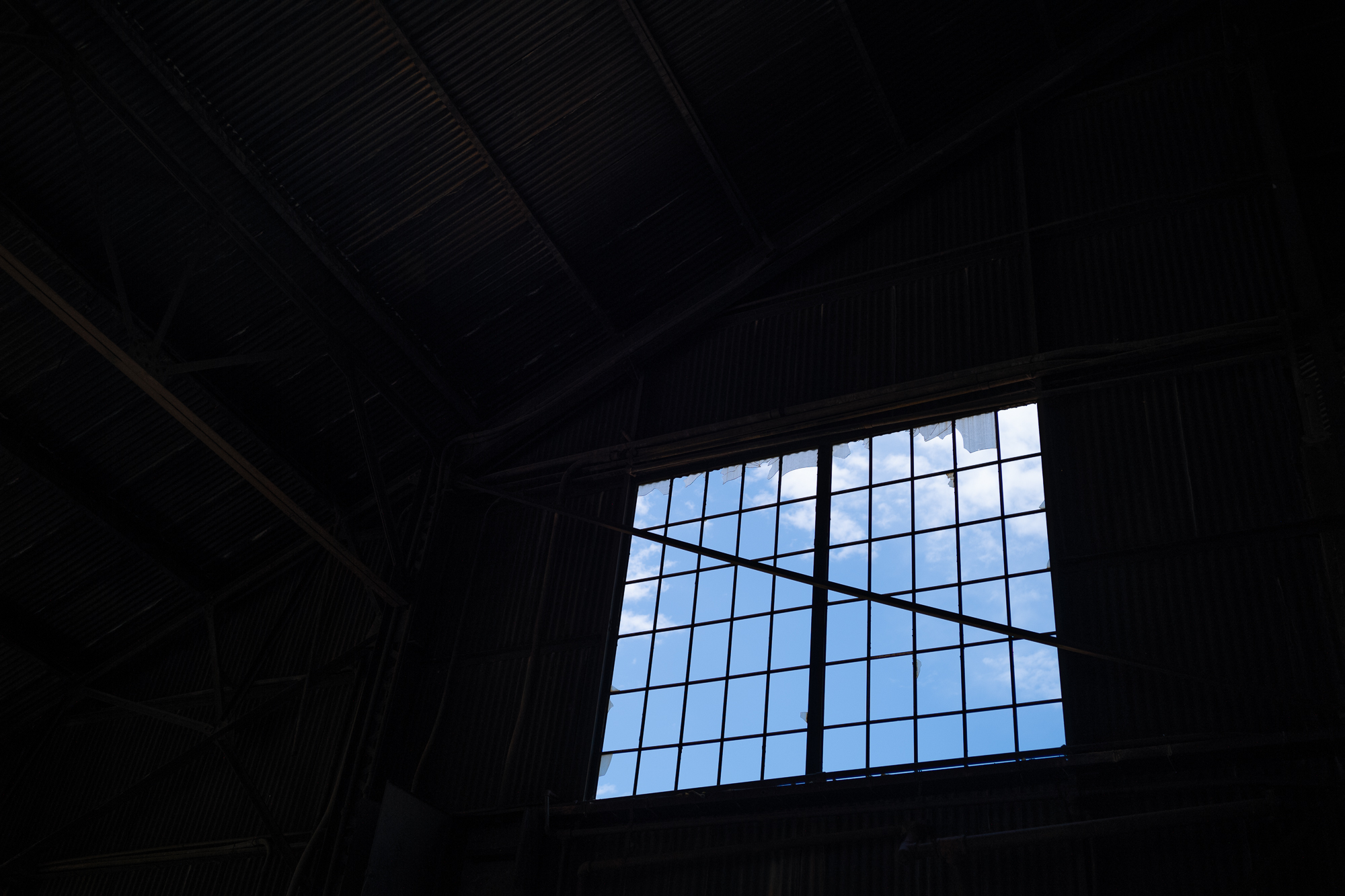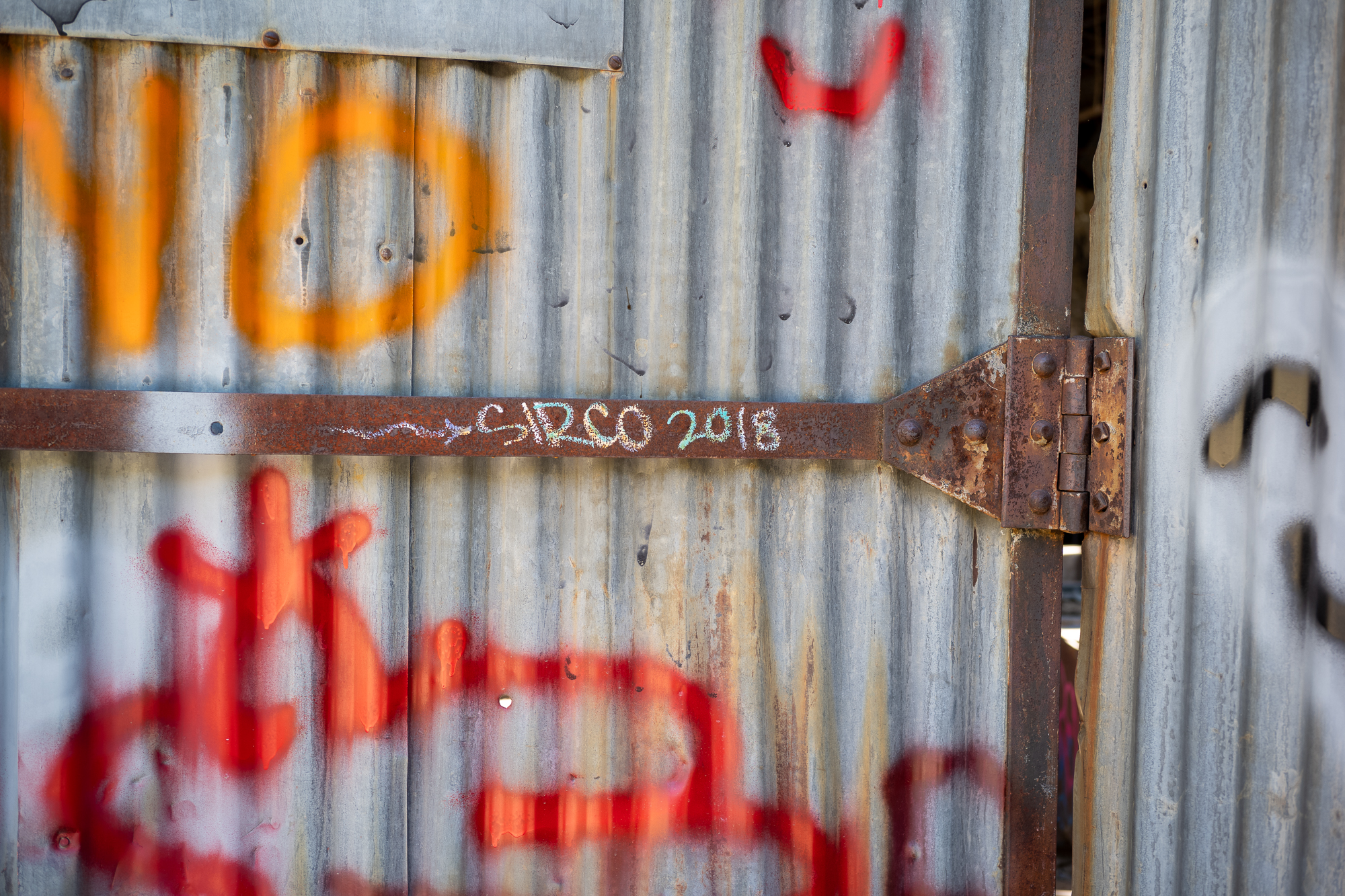In 2004, Zeiss released the Zeiss Ikon ZM rangefinder camera. The following year, the Zeiss ZM line of rangefinder lenses was released. The Zeiss Ikon camera was soon discontinued but the ZM line of lenses is still sold and manufactured today.
There are three 35mm lenses in the Zeiss ZM line of rangefinder lenses. The ZEISS Distagon T* 35mm f/1.4 ZM is the fastest of the group but larger than I can see myself wanting to own for a rangefinder. The distagon was not an option for me.
This left me to decide between the ZEISS Biogon T* 2/35 ZM and the ZEISS C Biogon T* 2.8/35 ZM. According to Zeiss marketing, the f/2 lens would help me “be as versatile as my environment” while the f/2.8 lens would allow me to “perfect my art.” Considering the facts as I see them, my art needs more perfecting than I need versatility in my environment. I chose the smaller footprint f/2.8.
I am unsure of exactly what the f/2.8 lens is supposed to be doing to help me perfect my art. Perhaps it is related to the “C” in the name which stands for compact. Maybe the compact size is supposed to prevent everyone from noticing me and my compact lens attached to a silver Leica M10 with a blazing red dot. I am assuming that this lens will allow me to operate in full stealth mode without fear of being beaten up because I am such a hipster with my rangefinder.
If my assumption is correct and the “C” was supposed to work like a cloak of invisibility, it failed. I used this lens during an outing at the Bonneville Salt Flats International Speedway where I was routinely chased back into the normal person pen when I stepped out of line. I tested the ability of the “C” to protect me multiple times but the guards (1) were not impressed by the stealthiness of my “C” lens. I can say with absolute certainty that I was unable to “perfect my art” while I was using this lens. I can also say with certainty that almost everything else the Zeiss marketing department says about this lens is correct.
On garden gnomes and parked cars
Please feel free to skip this section. If you were smart you would. I promise there is really nothing to see here except me nitpicking something that probably deserves not to be nitpicked. Unfortunately, the narcissism of small photographic differences dictates that I commence nitpicking. Resistance is futile.
If you are following along, you know that I am 1) a lens hood guy and 2) a focusing tab guy who spends an inordinate amount of time nitpicking hoods and tabs. The “ergonomic finger rest” (which everyone else other than Zeiss marketing understands to be a “nubbin” rather than a “finger rest”) offered my digits little in the way of rest.
What is with the nubbin Zeiss? Voigtlander can make a tab? Minolta managed a tab? Ricoh managed a tab? There are even 7 Artisans in China who managed a tab on their first try. I recently learned that when my fingers are swollen from being cooked in the Utah sun while standing on a salt bed for 5 hours – trying to find that nubbin is like trying to remove a chicken bone caught in the back of a dogs throat. You can touch those chicken bones but you just can’t get hold of them in a meaningful way because that Borzoi or yours (with her gigantic snout) never allows you to grab that nubbin of a bone sticking out in the back of her throat. You just keep flicking at the end of the bone as it slides away just like the nubbin on the ZM lenses.
On my copy of the lens, the focus ring was actually a little bit stiff (at least compared to my Planar 50mm and Biogon 28mm). I don’t know if that is a feature or flaw of my copy or endemic to this lens. Either way, it was too stiff for my sweaty and swollen fingers to use the nubbin effectively without also grabbing the focus ring. This relegated the “ergonomic finger rest” from a quasi-feature to a reminder that I prefer a focusing tab.
You are reminded that I encouraged you to skip this section but apparently you are into nitpicking so here is some more. The lens hood is sold separately and is expensive. To save a few dollars, you can use the Voigtlander LH-6 lens hood which is the same hood that the Voigtlander 35mm f/1.4 Nokton Classic uses. If you do get this lens, please also do yourself a favor and become a hood guy or gal and invest in the bayonet hood. It is a little thing but little things are important. Those hoods you get on Amazon that screw into the end of the filter threads are janky, they come loose, and if you use a UV filter they add unnecessary length to the lens. So unrefined.
Once purchased, the Zeiss (or Voigtlander) hood is great. Unfortunately for you, because you decided not to skip this section, you get to hear me compare it to the hood on the Leica Summarit 35mm f/2.4 which I was using the day prior to my Bonneville outing. In my world, if a lens hood was a belly button, the Zeiss hood is a less than perfectly cosmetic outie belly button while the Summarit is a more perfectly formed innie belly button (2). For now, however, let’s not get ahead of ourselves and start making head to head comparisons. That is a discussion best left for The Recommended List.
In forums and blog posts, people complain about the Zeiss lens cap. I agree that it is pretty janky but as much as I get worked up about lens hoods and tabs, complaining about lens caps is nitpicky even for me. The cheap lens cap is something you should be aware of but because I actually don’t use a lens cap I am not going to weigh in on the subject. If I did care about lens caps, I would get a big one and stick it on the outside of the hood anyway.
Please remember that all of this lens hood, lens cap, ergonomic finger rest/nubbin business is nitpicking trending toward navel gazing and it is time to move on. If lens hoods and tabs on an otherwise perfectly functioning lens are as important to you as they are to me, I challenge you to self reflect and consider the possibility that neither of us have enough to worry about in our lives.
Does it have SOUL?
Borrowing from a term I used to describe 50mm lenses, this lens is ultramodern. Full stop. The story, however, does not end there. If you were like me, you owned a Zeiss Planar 50mm f/2 and a Zeiss Biogon 28mm f/2.8, and because of your experience with those lenses, you thought you were turning into a super-smart lens hero who could make generalizations about the entire line of Zeiss ZM lenses, get ready, this lens is going to smack you in the mullet. This lens taught me that generalizing about the entire line of Zeiss ZM lenses is like making the generalization that Chihuahuas are not the geniuses of the dog world. I did that once and a band of Chihuahua breeders threatened to cancel me (3). I no longer make generalizations in public.
In my experience, this lens is the clean-cut businessman who spends hours he doesn’t own making Spotify playlists while smoking a cigarette. This lens is the woman entrepreneur who commands everyone’s attention in the office then pops a 5mg edible after work instead of the expected glass of rose. These unexpected quirks add intrigue but are not faults like backne, infidelity, or owning dead butterfly collection. Similarly, the Zeiss 35mm Biogon ZM is perfect in every way but offers a little something extra that you wouldn’t expect.
The SOUL of this lens isn’t earth shattering (you need to look for it) but it is there especially when shot wide open. If you are looking for it, you will find that lens is sharp but also has a little bit of a mystical something like someone added a minuscule amount of an Orton effect filter to the images. Don’t go nuts with the Orton slider in your mind. Just move the slider a teeny tiny bit. The images are somehow sharp and creamy at the same time. I have a feeling that someone else (perhaps smarter than I am) would start taking about micro-contrast and a 3D pop but, regrettably, I have to admit that I have no idea what that those terms really mean (4). The picture of the broken down bus at the end of this post demonstrates this effect.
The nails on a chalkboard, screeching, sharpness of the Planar 50mm is knocked down a few levels so the images appear as they would to someone with 20:20 vision on a crystal clear spring day provided they don’t live in coastal California where smog and fires alter what any of us consider to be a crystal clear day. What I am saying is that the images are perfectly sharp but don’t venture into the realm of hypersharp hyperreality like some other modern lenses.
The one trait this lens shares with its Planar brethren is that the colors are vibrant. Sometimes excessively so. Check out the honda motorcycle image below. To my eye, it is almost appears a little cartoonish and (gasp) iPhone like. That image is right out of the camera. I did not boost the saturation. Vibrance is nothing that a 0.4 second fix with a Lightroom slider can’t change but if you are into dull, vintage, groovy, or cinematic images, particularly if you shoot film, this is probably not the lens for you.
In short, the images from the ZEISS C Biogon T* 2.8/35 ZM images are exquisite albeit a bit vibrant. It should be noted that is the first time I believe I used the word exquisite on this website. Take that for what it is worth.
Flare there?
Banish the thought. This lens is a full fledged anti-flare gangster. Shoot directly into the sun. It doesn’t care one way or the other. The T* magic shrugs off the sun.
So did I keep it?
This lens was rented from LensRentals for testing. Regrettably, I had to send it back. The question I was asking myself the entire time I had with this lens was, “if I didn’t already own the Summicron 35mm ASPH would I be keeping it? If I could travel in time or was a quantum physicist is there any alternate timeline where I would do a repeat performance and buy a Summicron over the Biogon?” The answer to these questions might surprise you. To see my final thoughts on this lens, whether or not I sold the Summicron to buy this lens, and get some more insight to what I would recommend to my sister, brother, aunt, uncle, boss, or even someone I didn’t know, please visit the Leica Lenses for Normal People: The Recommended List.
Notes
- The guards at Bonneville happened to be the nicest and most caring and helpful guards I have ever encountered. The whole day had a festival atmosphere. The guards were just happy to be there. There is no need to defund security at the The Bonneville Speedway
- Personally, I could not care less about what kind of belly button is better or more cosmetic than another. I didn’t even know it was a thing until I learned that people do belly button conversion surgery where plastic surgeons are asked to turn outie belly buttons into innie belly buttons but never, apparently, the other way around. Given that unidirectional belly button correction market, we can assume that innie belly buttons are preferred to outie belly buttons. This is, therefore, an objective fact. Not an opinion. For the record, the answer is yes. I do realize that it would be more difficult (if not impossible) to turn an innie belly button into an outie belly button. Please do not email me about belly buttons. I have no skin in this debate.
- I really did do that once. Don’t believe me…here is the evidence. Eventually, I had to take the book out of print because a few Chihuahua breeders got so upset they threatened to cancel me. It wasn’t worth a trip in front of the medical board.
- Of course I know what they mean. I just can’t see what everyone is talking about when they post images online demonstrating these things. That said, what I see in front of my computer or in prints is very much different from what I see when I export images and post them online. My bet is that the discussion is muddied because people are communicating through images posted online and something is lost in translation.


